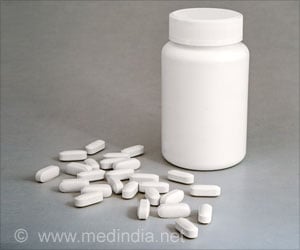A new method using simple models has been used to achieve a high degree of predictive ability in drug discovery.

‘New method using simple models has been developed to achieve high degree of predictive ability in drug discovery.’





Now a team of scientists has done just that, developing a method using simple models and small data sets -- but still achieving a high degree of predictive ability. The researchers from Kyoto University, MIT, and ETH Zurich reported their findings 6 March in the journal Future Medicinal Chemistry.The study demonstrates that large amounts of data generated by testing compound activity on protein groups -- known for roles in cancer and other physiological processes -- could be reduced to a small fraction of the total, which could still accurately explain the full set. The subset required was less than a quarter in most cases, and in some, even less than 10%.
The authors examined 13 aspects of the new method to test its usefulness.
"We tried to intentionally break our system in multiple ways. Not only did it show resilience, but many of the analyses yielded views that supported each other," says corresponding author JB Brown of Kyoto University. "After the analyses and repeated testing for reproducibility, it became apparent to us that this could become a platform for molecule design."
The authors began with publicly available compound and protein activity data, and taught a computer program how to make decisions based on available information by using a collection of ’decision trees’. Hospital doctors, for example, use decision trees to arrive at diagnoses based on patient answers to general questions.
Advertisement
"There is nothing wrong with acquiring huge amounts of data and having it available as a reference. However, the extra data’s utility in predicting the relationship between drugs and proteins is questionable," explains Brown, emphasizing that the new method could lead to a reduction in drug development costs.
Advertisement
"Not only are the financial implications large, but decision trees let us ask and understand the key science question: why?," says Brown. The team is now evaluating the technology in practical applications for pharmaceutical, medical, and agricultural research.
Source-Eurekalert













